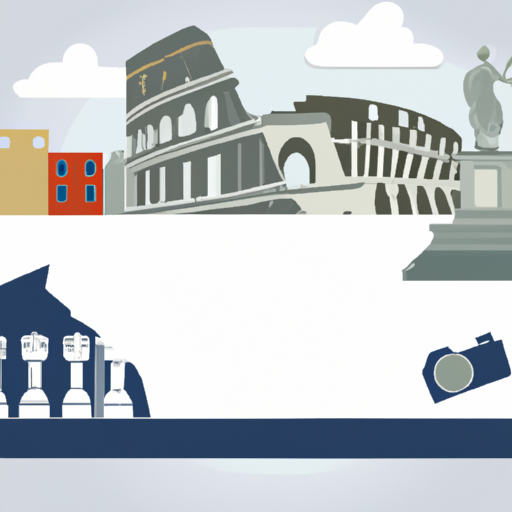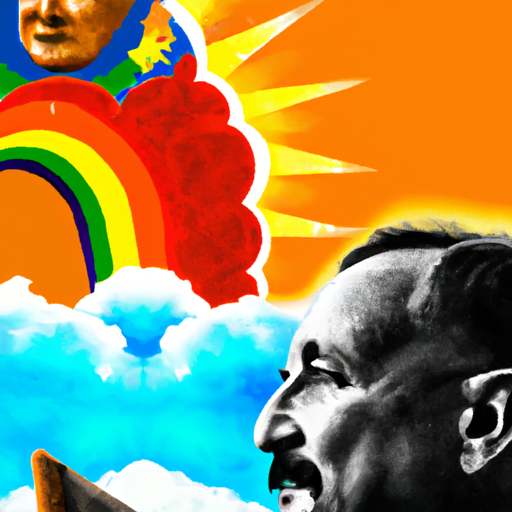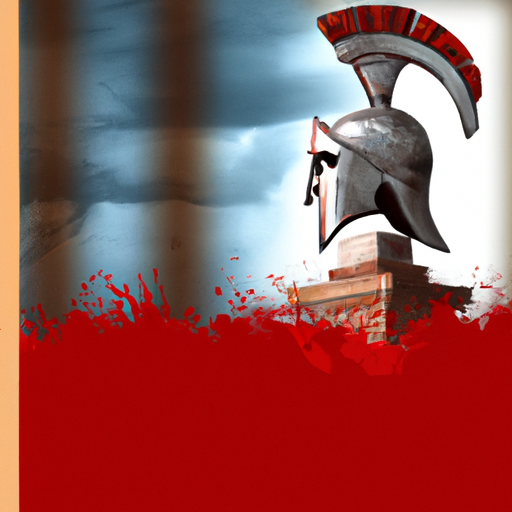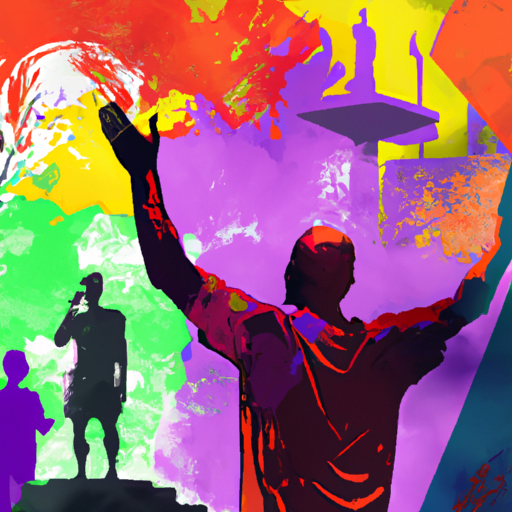A Look at the History of the Victorian Era in the 1800s
Unlock a period of time shrouded in secrets and uncover the mysteries of the s. Delve deep into a bygone era, and discover why it is so aptly referred to as the Victorian era! Uncover what lies beneath the surface and explore this fascinating period in history.
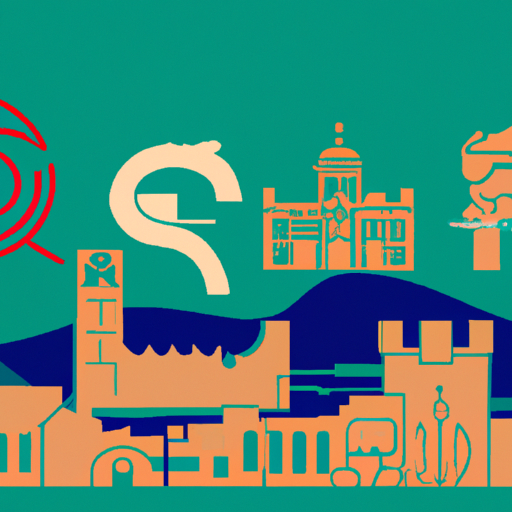
A time of great transformation and growth, the 1800s were a period of immense progress. With industrialization on the rise, cities developing, and new forms of art, literature and culture emerging, this era was also one of scientific innovation and technological advances that would shape our modern world. As Britain saw a population surge, tensions between the classes increased. Yet it was also known for its opulent architecture and luxurious lifestyles among the upper classes.
Politically speaking, this era was marked by an expansion of democracy in Britain and its colonies with the Reform Act of 1832 widening suffrage rights while other reforms sought to reduce poverty and improve working conditions. Meanwhile medical advancements led to improved healthcare and higher life expectancy rates.
Uncovering all the secrets and mysteries of this remarkable period in history is an exciting journey! From its grand structures to its political reforms, delve into why it has become so well-known as the Victorian era!
.
Introduction

A period of tumultuous transition and growth, the 1800s have been forever immortalized as the Victorian era. Spanning from 1837 to 1901, this period saw a Britain that was rapidly evolving – with industrialization, technology and transportation all making their mark. This era of British history left an indelible imprint on the world, ushering in a wave of novel ideas and philosophies that still shape our lives today.
– History of Social and Political Changes in the Victorian Era
Amidst a time of tremendous upheaval and transformation, the Victorian era (1837-1901) saw Britain move from a period of relative stagnation to one of great growth and progress. From Queen Victoria’s rule to the dawn of the 20th century, the nation state became stronger and more unified, with a constitutional monarchy at its centre. Industrialisation and economic expansion brought newfound wealth to many, while reforms such as the Reform Act of 1832 granted voting rights to more people than ever before. Further legislative changes such as the Factory Acts (1833-1844) and Poor Law Amendment Act (1834) improved working conditions for factory workers and set up workhouses for those struggling financially.
Education was also revolutionised during this period, with compulsory schooling being introduced for all children aged 5-13 in 1880, while universities opened their doors to women for the first time. Laws were passed granting greater civil liberties such as freedom of speech and press freedom, while social movements including trade unionism and socialism began to emerge in order to improve lives for those in poverty. This ultimately led to further reforms such as old age pensions and health insurance schemes that provided relief from destitution during this era.
Ultimately, these developments have had lasting effects on British society up until today; by looking back on this period we can gain an invaluable understanding of how our modern world has been shaped by its past events.
– Historical Impact of Queen Victoria’s Reign
The 64-year rule of Queen Victoria was a defining period in British history, leaving an indelible mark that can still be felt today. A symbol of moral authority, the queen championed many causes and set an example for others to follow. Her reign saw a dramatic expansion of Britain’s empire and the introduction of social reforms, along with unprecedented economic growth and industrialization.
The Victorian era was marked by advances in technology that enabled rapid communication across vast distances, connecting people around the world and fostering an international community. This allowed for the sharing of ideas more freely than ever before, contributing to modern life in fashion, language, art, literature and popular culture.
The imperial expansion had far-reaching effects on global politics and economics as well as on British culture at home. It created new opportunities for trade and investment but also led to greater exploitation of native populations in colonies around the world. Queen Victoria’s legacy lives on as “the grandmother of Europe”.
– Technological Innovations during the Victorian Era
The 19th century was a time of immense progress, with numerous inventions and discoveries that would forever shape our world. From the telegraph to the steam engine to photography, these advances revolutionized communication, transportation, industry, and manufacturing.
William Cooke and Charles Wheatstone’s invention of the telegraph in 1837 allowed for long-distance communication between two points using electrical signals. This opened up new opportunities for businesses to extend their reach across great distances in mere minutes instead of days.
James Watt’s development of the steam engine in 1769 provided a reliable source of power for factories and locomotives. It enabled industries to produce goods on an unprecedented scale and allowed trains to travel at speeds far beyond what horse-drawn carriages could manage. This invention also had a major impact on society during this period by ushering in further industrialization.
Louis Daguerre’s discovery of photography in 1839 made it possible to capture images quickly and easily without having to rely on painters or sketches. This invention changed art as well as journalism since photographs could be used more accurately than words alone could do justice to them.
These technological advancements from the Victorian Era continue to have an enduring influence today—a testament to their importance in history!
– Historical Significance of the Industrial Revolution in the s
A seismic shift in the way of life was experienced during the Industrial Revolution of the 1800s, an era of immense economic growth and technological advancement. This period marked a turning point in history, as new inventions and innovations forever altered how people worked, lived, and traded. The effects of this period are still felt today, with its impact on industry, transportation, communication, and social structures being particularly evident.
Industry saw a revolution of sorts due to advances in technology that enabled mass production through mechanized processes. This resulted in greater efficiency and cheaper goods than ever before. Transportation was similarly improved as goods could be shipped farther distances at faster speeds than ever before.
Communication technologies such as telegraphs and telephones were also developed during this time period which allowed for instantaneous communication between people who were miles apart – leading to more collaboration among businesses and individuals alike.
Urbanization was another consequence of the Industrial Revolution as more people moved from rural areas into cities for work opportunities, creating class divisions within society as well as disparities between different socioeconomic groups within cities themselves.
The Industrial Revolution is one of history’s most significant events whose effects can still be seen today in many aspects of life – from transportation to communication to social structures – making it essential to understand its historical significance so we may better appreciate our current world.
– Historical Overview of Artistic Expression in the Victorian Era
Awe-inspiring creativity and artistry flourished during the Victorian era (1837-1901). This period witnessed a great variety of styles and movements, from Pre-Raphaelites to the Aesthetic Movement. Artists of the time sought to portray nature’s magnificence in their works, as seen in John Constable’s and J.M.W Turner’s vivid landscapes and awe-inspiring skies and seascapes.
The same era also saw portraits gaining popularity, with Thomas Lawrence, Sir Joshua Reynolds and Gainsborough producing stunning renditions of their sitters that encapsulated both physicality and personality. These portraits often featured intricate backgrounds that revealed information about the sitter’s social class or occupation.
The Arts & Crafts Movement was another major movement during this time period, spearheaded by William Morris, John Ruskin and Charles Rennie Mackintosh. This movement focused on traditional craftsmanship and handmade items that celebrated nature and simple design aesthetics; it had a huge impact on architecture and interior design in Britain particularly.
In addition, the Pre-Raphaelite Brotherhood emerged during this period, striving for medieval art influences rather than classical ideals in their works – which often included bright colors, elaborate details, symbolism etc., across paintings, drawings and sculptures alike.
These various movements have left an indelible imprint on art history today – truly remarkable!
conclusion

An era of great tumult and transformation, the 1800s saw a drastic shift in British culture and society. Science, technology, industry, and culture all experienced tremendous advances, while democracy was expanded and women’s rights further championed. All of this occurring under the auspices of Queen Victoria’s reign over the United Kingdom.
.
Some questions with answers
Q1: Why is the 1800s called the Victorian era?
A1: The 1800s are referred to as the Victorian era because it was during this time that Queen Victoria reigned in Britain from 1837 until her death in 1901.
Q2: What was unique about Queen Victoria’s reign?
A2: Queen Victoria’s reign was unique because it was a period of industrial, cultural, political, scientific, and military progress within the United Kingdom.
Q3: How did Queen Victoria influence the culture of the time?
A3: Queen Victoria had a strong influence on the culture of her time by promoting moral values and encouraging social reforms. She also established many traditions that still exist today such as Christmas cards and afternoon tea.
Q4: What were some of the major historical events during this period?
A4: Some of the major historical events during this period include The Great Exhibition of 1851, The Crimean War (1853-1856), The Indian Rebellion (1857-1858), and The Boer War (1899-1902).
Q5: How has history remembered this period?
A5: History has remembered this period as a time of great change and progress for Britain and its colonies. It is seen as a golden age for literature, art, architecture, and technology.
